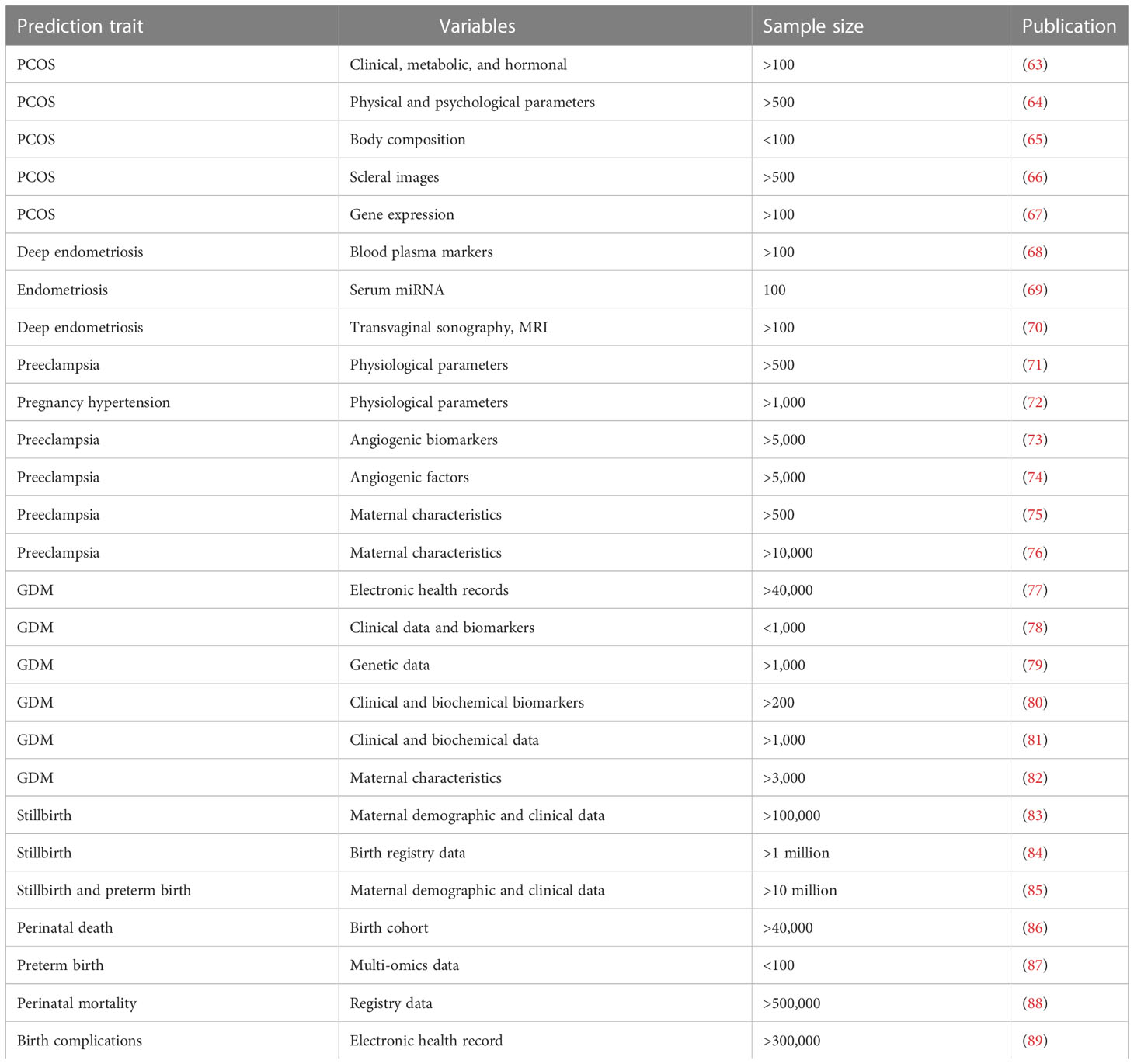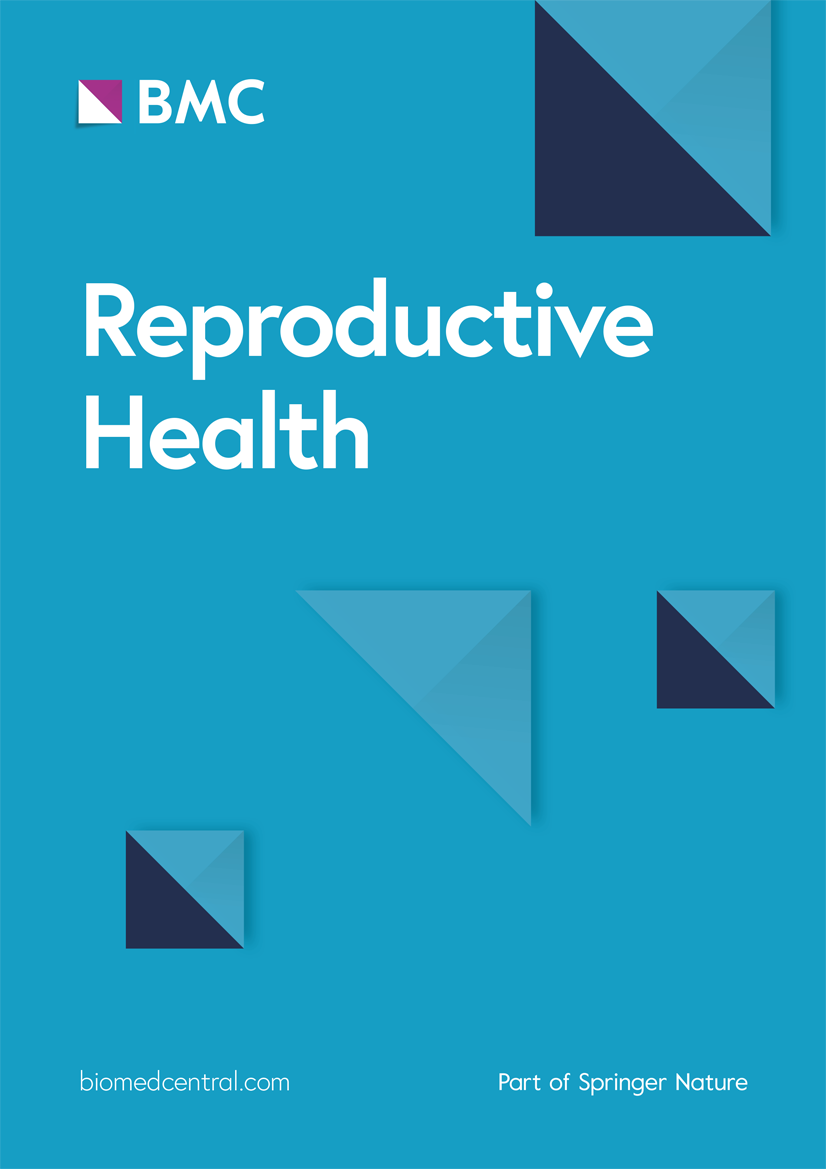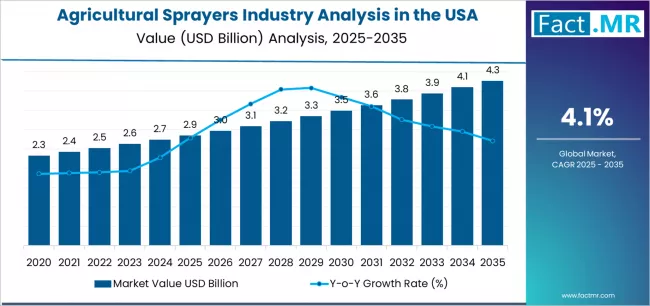Lipidomic and transcriptomic profiling reveal alterations in the coexistence of gestational diabetes mellitus and preeclampsia impacting maternal and neonatal outcomes – Nature

Report on the Molecular Profiling of Pregnancy Complications and Alignment with Sustainable Development Goals
Introduction: Addressing Maternal and Neonatal Health through Scientific Insight
Pregnancy complications such as Gestational Diabetes Mellitus (GDM) and Preeclampsia (PE) represent significant global health challenges, directly impacting the achievement of Sustainable Development Goal 3 (SDG 3): Good Health and Well-being. The rising incidence of these conditions, particularly their comorbidity (PG), poses a direct threat to progress on reducing maternal mortality (SDG Target 3.1) and ending preventable deaths of newborns (SDG Target 3.2). Understanding the distinct and overlapping molecular mechanisms of these disorders is critical for developing effective diagnostic and therapeutic strategies. This report summarizes a study that utilized integrated lipidomic and transcriptomic analyses to investigate the unique pathophysiological characteristics of GDM, PE, and PG. The findings provide crucial insights into their impact on maternal and neonatal outcomes, highlighting pathways for improved clinical management and contributing to the long-term health objectives of SDG 3, including the promotion of mental health and the prevention of non-communicable diseases (SDG Target 3.4).
Methodology: A Multi-Omics Approach to a Complex Clinical Problem
The study employed a multi-faceted analytical framework to dissect the molecular underpinnings of these pregnancy complications. Peripheral blood samples were collected from 42 pregnant women, who were categorized into four distinct groups:
- Control (CTL): Pregnant women without complications (n=10)
- Gestational Diabetes Mellitus (GDM) (n=12)
- Preeclampsia (PE) (n=10)
- Coexistence of GDM and PE (PG) (n=10)
The core analytical methods included:
- Lipidomic Profiling: Mass spectrometry was used to analyze lipid metabolites in all 42 participants, identifying systemic changes in lipid metabolism.
- Transcriptomic Analysis: RNA sequencing was performed on a subset of 17 samples to uncover alterations in gene expression and related biological pathways.
- Clinical and Neonatal Outcome Correlation: Molecular data were correlated with maternal clinical characteristics and neonatal outcomes, including birth weight and cord blood gas (CBG) parameters, which serve as objective indicators of newborn health.
- Large-Scale Cohort Validation: Findings related to maternal mental health were validated using data from the UK Biobank and FinnGen cohorts to confirm associations with postpartum depression (PD).
Key Findings: Molecular Signatures and Their Impact on Health Outcomes
Lipidomic Alterations and Neonatal Health (SDG Target 3.2)
The lipidomic analysis revealed that PE and PG are associated with more profound disturbances in lipid metabolism compared to GDM. These findings have direct implications for neonatal health, a cornerstone of SDG Target 3.2.
- Distinct Lipid Profiles: The PE and PG groups exhibited significant lipidomic alterations, particularly in sphingomyelins (SMs), phosphatidylcholines (PCs), and lysophosphatidylcholines (LPCs).
- Correlation with Adverse Neonatal Outcomes: Seventeen lipid species were found to be significantly correlated with adverse CBG parameters, indicating a higher risk of conditions like perinatal hypoxia and acid-base imbalance. The PE group showed the most severe lipid-related disturbances, which corresponded with significantly lower neonatal birth weights.
- Development of a Risk Score: A Preeclampsia-Related Lipid Risk Score (PLRS) was developed based on eight key lipids. This score demonstrated a strong ability to distinguish PE and PG patients and correlated positively with blood pressure, offering a potential tool for improved risk assessment and management, thereby contributing to better health outcomes for both mother and child.
Transcriptomic Insights and Maternal Health Risks (SDG Target 3.4)
Transcriptomic profiling provided a complementary view, highlighting that GDM and PG are associated with more extensive changes at the gene expression level. These changes point to significant risks for long-term maternal health, a key focus of SDG Target 3.4, which encompasses both non-communicable diseases and mental well-being.
- Widespread Gene Expression Changes: The GDM and PG groups showed a greater number of differentially expressed genes compared to the PE group. These genes were linked to pathways involving inflammation, immune dysfunction, and cardiovascular disease.
- Link to Postpartum Depression (PD): Crucially, the PG group exhibited unique upregulation of genes associated with neuronal deficits (e.g., EPHA4, GFRA2, PDZD4). This molecular signature suggests a heightened risk for maternal mental health disorders.
- Validation in Human Cohorts: The association between these pregnancy complications and PD was validated in the UK Biobank and FinnGen databases. The analysis confirmed a significant association for GDM and PE with PD. The PG group showed the strongest trend towards an increased risk of PD, underscoring the severe impact of comorbidity on maternal mental health.
Discussion and Implications for Sustainable Development Goals
This study’s integrated multi-omics approach provides a comprehensive understanding of the distinct and shared pathophysiological features of GDM, PE, and their comorbidity. The findings underscore that these conditions have profound and differential impacts on maternal and neonatal health, reinforcing the need for targeted interventions to meet the ambitious targets of SDG 3.
The research contributes to the advancement of SDG 3 in several key areas:
- Improving Maternal and Neonatal Health (Targets 3.1 & 3.2): By identifying specific lipid profiles linked to adverse neonatal outcomes like low birth weight and poor CBG status, the study provides a foundation for developing biomarkers to predict and mitigate risks to newborns. The PLRS model is a tangible step towards precision medicine in prenatal care.
- Promoting Mental Health and Well-being (Target 3.4): The study establishes a strong molecular link between pregnancy complications, especially PG, and the risk of postpartum depression. This highlights the urgent need to integrate mental health screening and support into routine maternal care, an often-neglected aspect of postpartum health.
- Addressing Non-Communicable Diseases (Target 3.4): The transcriptomic findings, which implicate pathways related to cardiovascular and metabolic diseases, confirm that GDM and PE are not just transient conditions but are indicators of future health risks for the mother. This knowledge is vital for long-term health monitoring and prevention strategies.
Conclusion
This comprehensive molecular analysis reveals that GDM, PE, and PG have unique and overlapping impacts on maternal and neonatal health. Lipidomic disruptions, most prominent in PE, are strongly associated with adverse neonatal outcomes, while transcriptomic changes, most extensive in GDM and PG, are linked to maternal immune dysfunction and an increased risk of postpartum depression. These findings are not merely academic; they provide a scientific basis for creating targeted clinical tools and interventions. By enhancing our ability to predict, diagnose, and manage these complex conditions, this research directly supports the global effort to achieve Sustainable Development Goal 3, paving the way for a future with better health and well-being for all mothers and children.
Analysis of Sustainable Development Goals in the Article
1. Which SDGs are addressed or connected to the issues highlighted in the article?
-
SDG 3: Good Health and Well-being
The article is centrally focused on ensuring healthy lives and promoting well-being. It investigates major pregnancy complications, Gestational Diabetes Mellitus (GDM) and Preeclampsia (PE), which are significant contributors to “maternal and perinatal morbidity and mortality.” The research delves into the health of both mothers and newborns, examining adverse outcomes, the risk of future non-communicable diseases (NCDs), and maternal mental health, all of which are core components of SDG 3.
2. What specific targets under those SDGs can be identified based on the article’s content?
-
Target 3.1: By 2030, reduce the global maternal mortality ratio to less than 70 per 100,000 live births.
The article directly addresses this target by studying GDM and PE, which it describes as “common pregnancy complications” that “may disrupt this balance, contributing to maternal and perinatal morbidity and mortality.” Understanding the molecular mechanisms of these conditions is a crucial step toward developing better treatments and management strategies to prevent maternal deaths.
-
Target 3.2: By 2030, end preventable deaths of newborns and children under five years of age.
The research is explicitly concerned with “adverse neonatal outcomes.” It identifies that PE is associated with “low birth weight” and that complications can lead to “perinatal asphyxia or hypoxia.” The use of cord blood gas (CBG) analysis to assess the “newborn’s acid-base status, oxygenation and overall condition” directly relates to monitoring and improving newborn health and survival, which is the focus of this target.
-
Target 3.4: By 2030, reduce by one-third premature mortality from non-communicable diseases (NCDs) through prevention and treatment and promote mental health and well-being.
This target is highly relevant as the article focuses on GDM (a form of diabetes) and PE (a hypertensive disorder), both of which are NCDs. The study notes these conditions increase “long-term risks of type II diabetes, cardiovascular diseases.” Furthermore, it establishes a clear link between these pregnancy complications and maternal mental health by investigating the “increased risk of postpartum depression (PD)” and validating this association in large human cohorts.
-
Target 3.8: Achieve universal health coverage, including access to quality essential health-care services.
The study contributes to this target by aiming to improve the quality of healthcare for pregnant women. It seeks to develop better diagnostic and predictive tools, such as a “novel lipid-based risk score for PE (PLRS)” and to identify “disease-specific marker genes.” These advancements are aimed at providing more precise and effective clinical management, which is a key aspect of quality essential healthcare.
3. Are there any indicators mentioned or implied in the article that can be used to measure progress towards the identified targets?
-
Prevalence Rates of Pregnancy-Related NCDs
The article cites specific prevalence rates that serve as indicators for the burden of NCDs (Target 3.4). It states that GDM “affects approximately 9–25% of pregnancies worldwide” and PE “affecting 6–8% of pregnancies globally.” These statistics quantify the scale of the health challenge.
-
Neonatal Health and Outcome Indicators
To measure progress on Target 3.2, the article uses several indicators of neonatal health. These include “neonatal birth weight” (specifically “low birth weight”), “neonatal hospitalization… rates,” and objective “cord blood gas (CBG) analysis” parameters like pH, pO₂, and sO₂(est) to assess the newborn’s condition at birth.
-
Maternal Mental Health Risk Indicators
The article provides quantitative indicators for mental health risk (Target 3.4) by calculating “odds ratios (OR)” and “hazard ratios (HR)” from the UK Biobank and FinnGen cohorts. It reports a positive association between GDM and postpartum depression (OR 1.59) and PE and postpartum depression (OR 1.54), directly measuring the increased mental health burden.
-
Biomarkers for Disease Diagnosis and Prediction
As an indicator of progress toward better quality of care (Target 3.8), the study identifies specific molecular indicators. These include the “PE-related lipid risk score (PLRS)” and differentially expressed genes (e.g., *ENOSF1* for GDM, *MXRA7* for PE) that can serve as biomarkers for improved diagnosis, risk assessment, and personalized management of these conditions.
4. Table of SDGs, Targets, and Indicators
| SDGs | Targets | Indicators |
|---|---|---|
| SDG 3: Good Health and Well-being | 3.1 Reduce maternal mortality. | Prevalence of GDM and PE as contributors to maternal morbidity and mortality. |
| SDG 3: Good Health and Well-being | 3.2 End preventable deaths of newborns. | Neonatal birth weight (specifically low birth weight), neonatal hospitalization rates, and cord blood gas (CBG) parameters (pH, pO₂, sO₂). |
| SDG 3: Good Health and Well-being | 3.4 Reduce mortality from NCDs and promote mental health. | Prevalence rates of GDM (9–25% worldwide) and PE (6–8% globally). Odds Ratios (OR) and Hazard Ratios (HR) linking GDM and PE to postpartum depression (PD). |
| SDG 3: Good Health and Well-being | 3.8 Achieve universal health coverage and access to quality care. | Development of a PE-related lipid risk score (PLRS) and identification of disease-specific lipid and gene biomarkers for improved diagnosis. |
Source: nature.com

What is Your Reaction?
 Like
0
Like
0
 Dislike
0
Dislike
0
 Love
0
Love
0
 Funny
0
Funny
0
 Angry
0
Angry
0
 Sad
0
Sad
0
 Wow
0
Wow
0




























.jpg?#)

















































